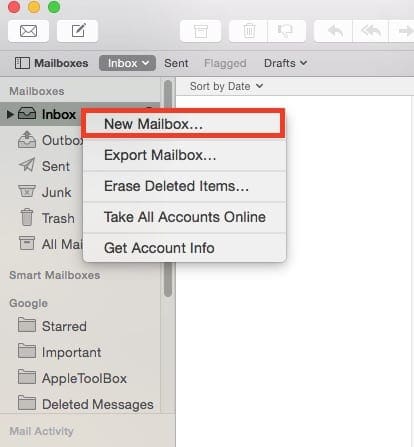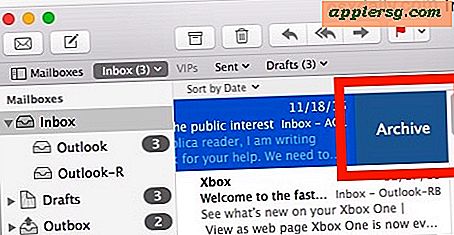

- #Mac mail archive how to#
- #Mac mail archive mac os x#
- #Mac mail archive archive#
- #Mac mail archive Pc#
#Mac mail archive archive#
The deleted mail ends up in either a Trash or Archive mailbox (see image below): Deleted emails end up in the Trash or Archive mailboxes Where the heck did it go? Believe it or not, it’s not actually gone from your email system. Last, but not least, you can click on an email and select Edit > Delete from the menu bar. You can also right-click a message and select Delete from the pop-up menu, or highlight a message by clicking on it, then press the Delete key on the Mac keyboard. (Deleting a highlighted email in Apple Mail on the Mac.) You can either click that button or swipe it even further to the left and it’s deleted automatically (see screenshot below). You delete it, and it’s gone… or is it? In this Tech Tip, we’ll discuss what Apple Mail does with those trashed emails, whether or not you can get them back, and more.ĭeleting emails in Apple Mail is easy to do: just swipe (on a Magic Mouse or Trackpad) a mail message to the left and a bright red Delete button appears. You have to use this folder as the source for the conversion.Many Mac users never give deleted emails a second thought. This indicating the location of the lication of the Mac Mail v1.0 mailbox. Or “~/Library/Mail/V3” (for Mac OS X Mail) Type in “~/Library/Mail/V2” (for Mac OS X Mail 5-8).Choose “ Go to Folder…” menu item (You can also press Command-Shift-G).
#Mac mail archive mac os x#
Take the following steps to open the folder where Mac OS X Mail v1 keeps your messages:
#Mac mail archive Pc#
You should copy this folder including all subfolders and files inside to the Windows PC and use it as the Source Folder for the Mac Mail to Outlook Converter. The folder called Mailboxes is the main storage for your emails. POP accounts and IMAP accounts are named with prefix POP- and IMAP- respectively. Each account folder contains multiple sub-folders for your Mac Mail folders such as Inbox, Sent Items etc. Usually this directory is called Mail and contains multiple sub-folders named the same way as your email accounts. This will open up the correct directory where your Mac Mail stores emails. Open the Library/Mail/ Mailboxes directory.Go to your home directory using the Home toolbar button or select Go | Home from the main menu.

#Mac mail archive how to#
How to Find and Open the Folder Where Mac Mail Stores Emails Do the following to find and open the folder where Mac OS X Mail v2, v3, v4 and above keeps your messages: The message store location depending on Mac Mail application version and edition. Note: Mac Mail may create several similar folders but the proper one is that which stores files with *.emlx extension. You have to find the proper mailbox location and use the “ Mailboxes” folder for the further conversion. So you have nothing to do with email archiving option.

Older Mac Mail versions store emails in *.emlx files and don’t allow to pack them into mailbox format. If the “Export Mailbox…” option is not available (older Mac Mail versions) you may need to find the folder containing the source mailboxes. Please don’t read below if the Export function is available and you may use it. Do the same for other folders to archive them then use the main program guide. Can you tell me what the problem is? What if my Mac Mail application does not have an option to Archive Mailbox? What should I do if my Mac OS X Mail application do not allow me to archive mailboxes?Īnswer: Right click to the Mac Mail folder containing emails and use the “ Export Mailbox…” option to save it into mailbox file. mbx even though I can see folders ending with that suffix. When I plug the USB drive into the PC and run the software, it says it can’t find any files ending in. Question: I have followed all the instructions on how to archive and save Mac Mail folders/emails and have saved one folder to my USB to test it out.


 0 kommentar(er)
0 kommentar(er)
